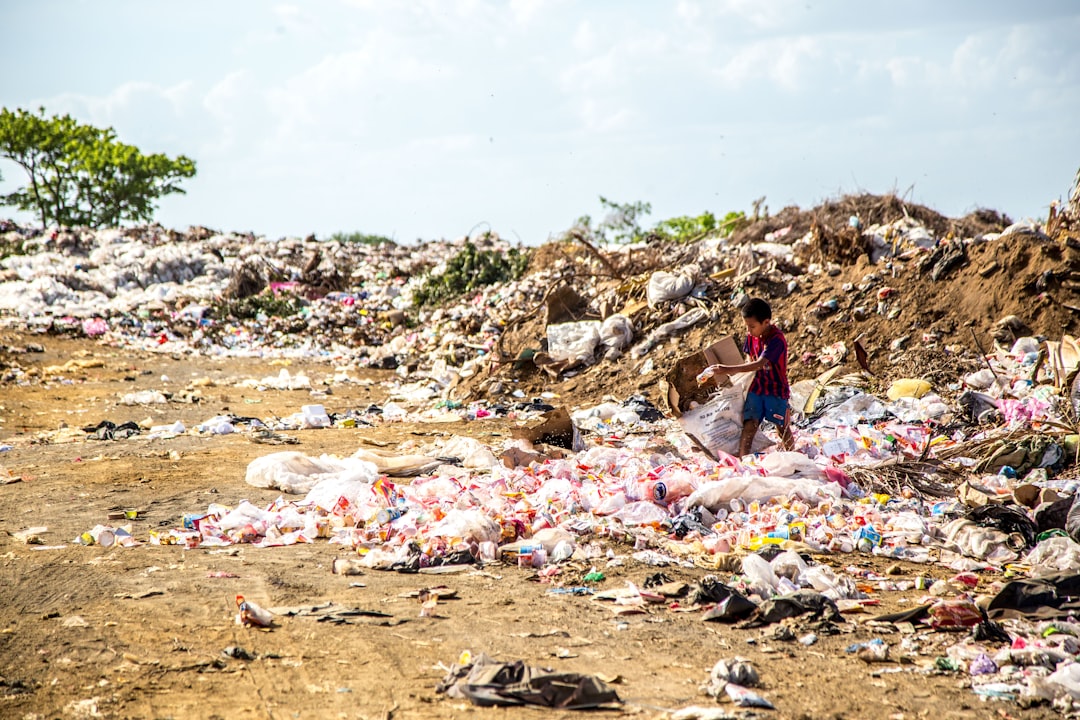What is it about?
The term sustainability invites interest in the main factors that affect the deterioration of natural resources. Different hypotheses have been put forward concerning the relationship between water and its effect on different economic sectors. Several questions can be asked here, for example: Does a higher water withdrawal for one sector mean that this sector is adding more to the GDP or is it a sunk cost (it is the cost that should be ignored compared to the benefit of water withdrawal for an individual economic sector) compared with the benefits to the economy? Do social factors affect water withdrawal more than economic factors or are they both impacting equally? We aim to answer these questions and to shed light on different socio-economic factors that affect water withdrawal in different economic sectors. This study investigates, in depth, the interaction between humans and the environment and can be useful in monitoring the direct effect on water withdrawal from agricultural and non-agricultural sectors and on different national economic variables that act as an indicator for economic development and growth. We used simultaneous equation models in our analysis, both the three-stage least squares and the two-stage least squares to explore the relationships. For more credibility, we run the fixed and random effects of 2SLS. Our results showed the influence of trade openness and economic growth on water withdrawal for different economic sectors, and the effect of an increasing demand for water for non-agricultural purposes, which adds pressure on the agricultural sector and eventually may lead to rising food prices.
Featured Image
Why is it important?
The results of the regression showed the influence of trade openness and economic growth on water withdrawal for different sectors of the economy, which supports Longo and York’s results. This indicates that developments and advancements in infrastructure that support water provision for different sectors within a water management context interact with each other. Also this is consistent with improved water provision increasing economic productivity for different economic sectors at the national level. In addition, the negative impact of water resources per land on both kinds of water withdrawal is a clear reflection that water constraints are impacting on water withdrawal. This may well be further affected by population density, urbanization and trade liberalization as it is evident in the negative impact of trade on water for agriculture and trade as % of GDP
Read the Original
This page is a summary of: An exploration of the interaction between socio-economic productivity and water withdrawal, Environment Development and Sustainability, January 2016, Springer Science + Business Media,
DOI: 10.1007/s10668-016-9757-z.
You can read the full text:
Contributors
The following have contributed to this page










